The manufacturing process is one of the differences between ceramic vs porcelain tile. Through the production process, porcelain may be produced more resilient than ceramic. Ceramic tiles have a softer composition and are easier to install than porcelain tiles. Porcelain tiles can have whole-body designs, meaning their patterns extend the full length of the tile, whereas ceramic tiles often have their patterns in the surface glaze. Although both ceramic and porcelain tiles are made from clay, porcelain is made from a more refined composition and is fired at a higher temperature.  This method produces tiles that are durable and impermeable to water absorption. Unglazed ceramics absorb more water than porcelain, which has an absorption rate of less than 0.05 percent. Therefore, the absorption rate is critical. Frost- and stain resistance improves with decreased water absorption. Due to porcelain’s low absorption rate, it is better to ceramic tile for outdoor applications. The manner in which designs and patterns are applied to ceramic and porcelain tiles is another contrast between the two materials. Frequently, ceramic tile patterns are discovered in the glazing. Typically, these motifs are limited to the tile’s surface, and if the tile is chipped, the tile’s body color will be revealed.
This method produces tiles that are durable and impermeable to water absorption. Unglazed ceramics absorb more water than porcelain, which has an absorption rate of less than 0.05 percent. Therefore, the absorption rate is critical. Frost- and stain resistance improves with decreased water absorption. Due to porcelain’s low absorption rate, it is better to ceramic tile for outdoor applications. The manner in which designs and patterns are applied to ceramic and porcelain tiles is another contrast between the two materials. Frequently, ceramic tile patterns are discovered in the glazing. Typically, these motifs are limited to the tile’s surface, and if the tile is chipped, the tile’s body color will be revealed.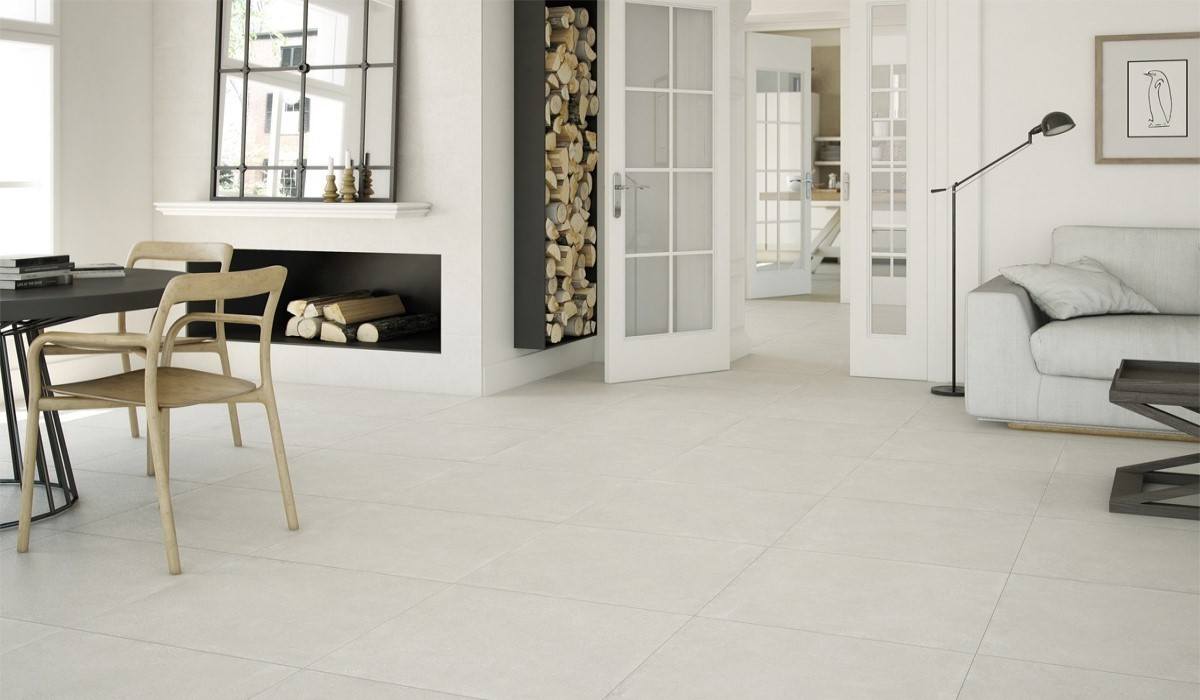 Additionally, they attach to floors more easily. Not adhering well to flooring, porcelain tiles may require specialized cutting tools. Ceramic tiles are simpler to install than porcelain tiles, therefore a layperson installing tile may opt for ceramic tiles over porcelain tiles. Although porcelain tile may be used in any room of the house, it is most commonly seen in bathrooms and kitchens. It is recognized for being robust, resilient, and of generally high quality. If you have made this decision for your home, you must carefully pick the best porcelain tile. The hardness rating is one of the characteristics to consider, as this characteristic is assessed using a unique process. Because the quality of the tile varies, you must decide if you want it to sparkle or to have a muted sheen. Shape, color, and design might vary widely; consequently, the overall appearance must also be considered. The Porcelain Enamel Institute established the PEI Scale to measure the hardness of porcelain. Harder tiles are often more expensive than softer tiles since they are believed to be more resilient. The PEI Scale goes from 0 to 5, with 5 representing the most challenging level. Therefore, you should search for tiles with high ratings on this scale if you want porcelain tile that will likely last for many years, particularly in heavily trafficked areas. However, tiles with softer grades are occasionally less costly and may suffice in limited-use areas.
Additionally, they attach to floors more easily. Not adhering well to flooring, porcelain tiles may require specialized cutting tools. Ceramic tiles are simpler to install than porcelain tiles, therefore a layperson installing tile may opt for ceramic tiles over porcelain tiles. Although porcelain tile may be used in any room of the house, it is most commonly seen in bathrooms and kitchens. It is recognized for being robust, resilient, and of generally high quality. If you have made this decision for your home, you must carefully pick the best porcelain tile. The hardness rating is one of the characteristics to consider, as this characteristic is assessed using a unique process. Because the quality of the tile varies, you must decide if you want it to sparkle or to have a muted sheen. Shape, color, and design might vary widely; consequently, the overall appearance must also be considered. The Porcelain Enamel Institute established the PEI Scale to measure the hardness of porcelain. Harder tiles are often more expensive than softer tiles since they are believed to be more resilient. The PEI Scale goes from 0 to 5, with 5 representing the most challenging level. Therefore, you should search for tiles with high ratings on this scale if you want porcelain tile that will likely last for many years, particularly in heavily trafficked areas. However, tiles with softer grades are occasionally less costly and may suffice in limited-use areas. 

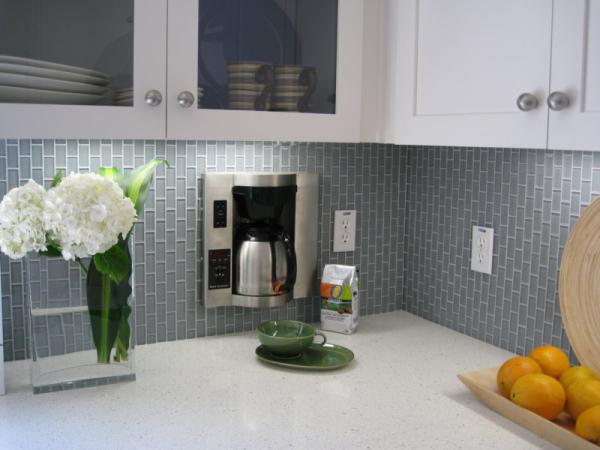
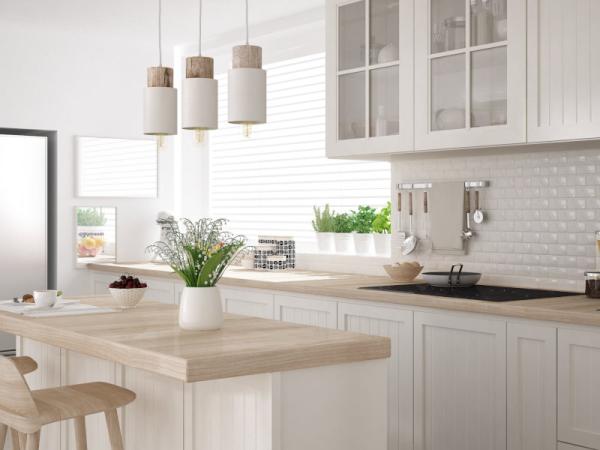
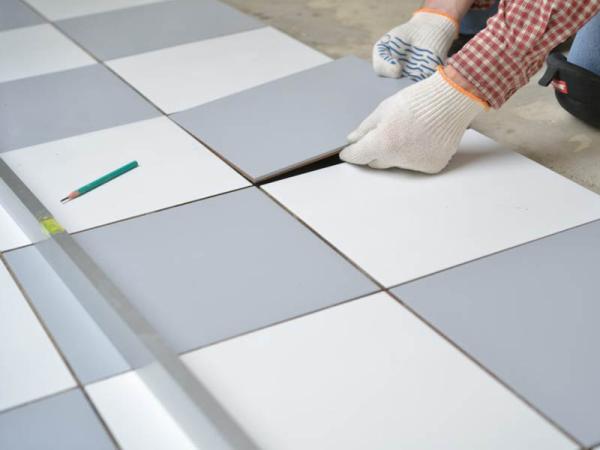


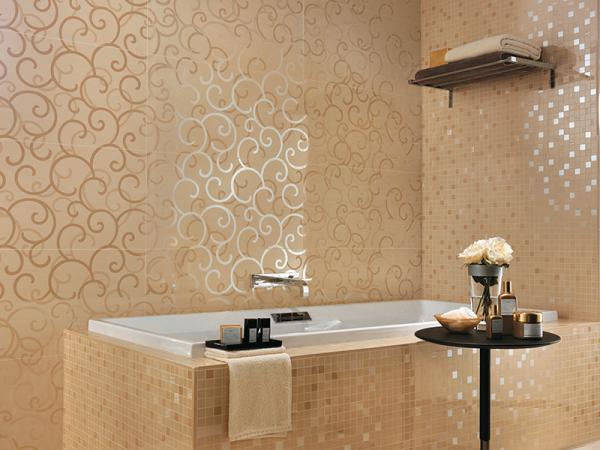
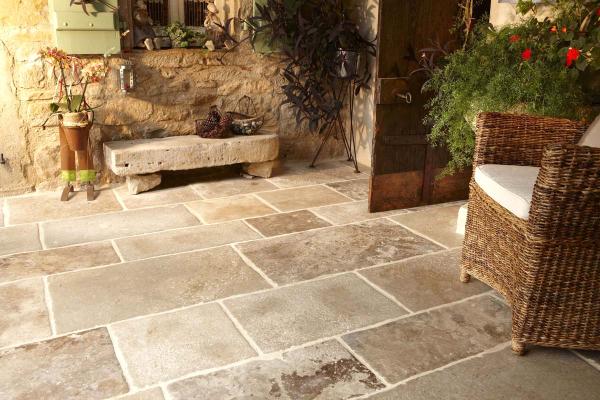

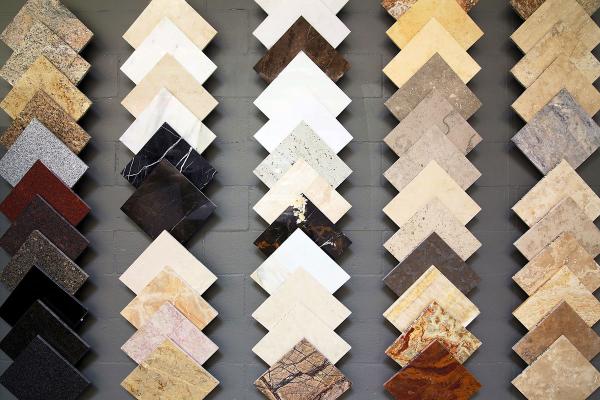
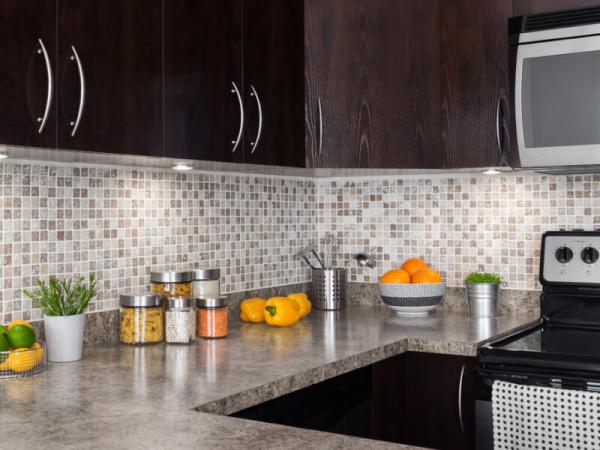
Your comment submitted.